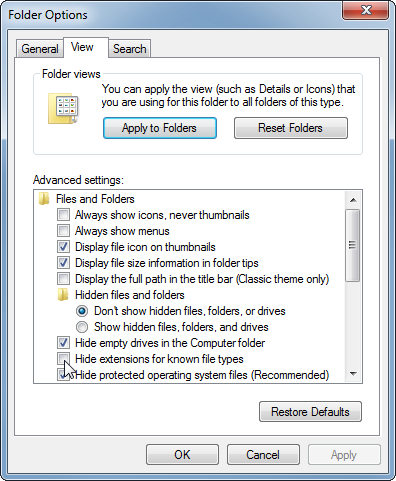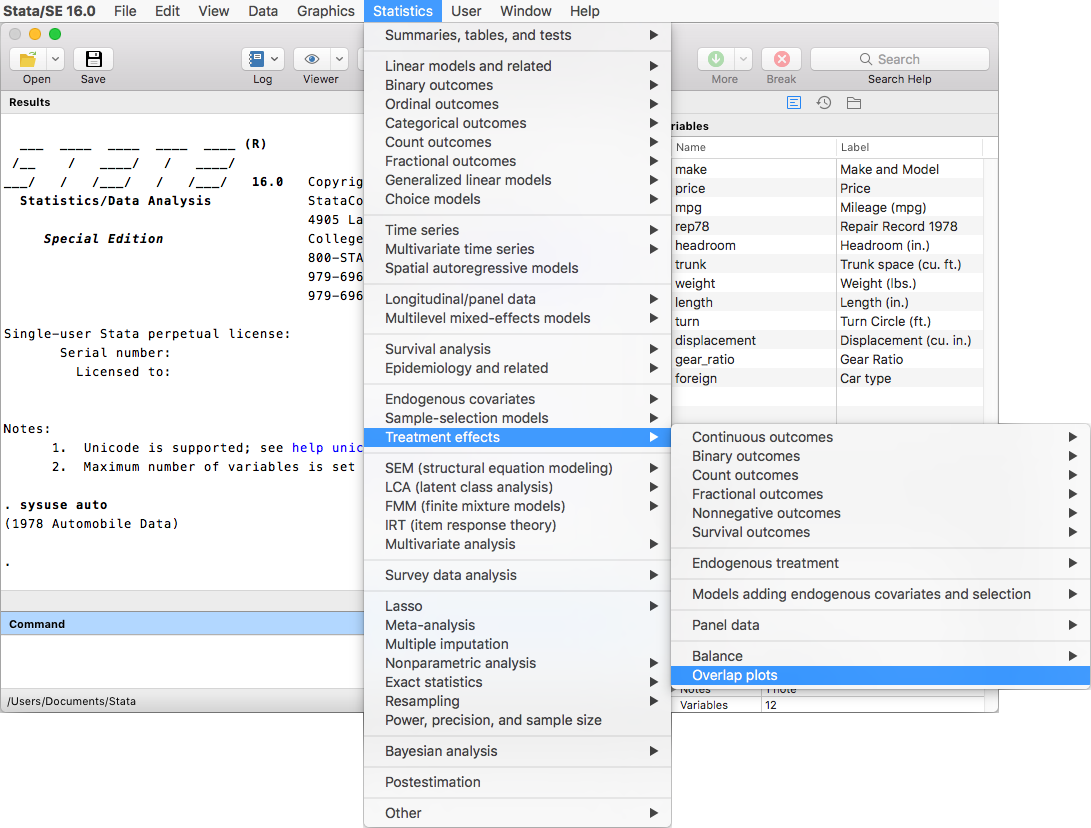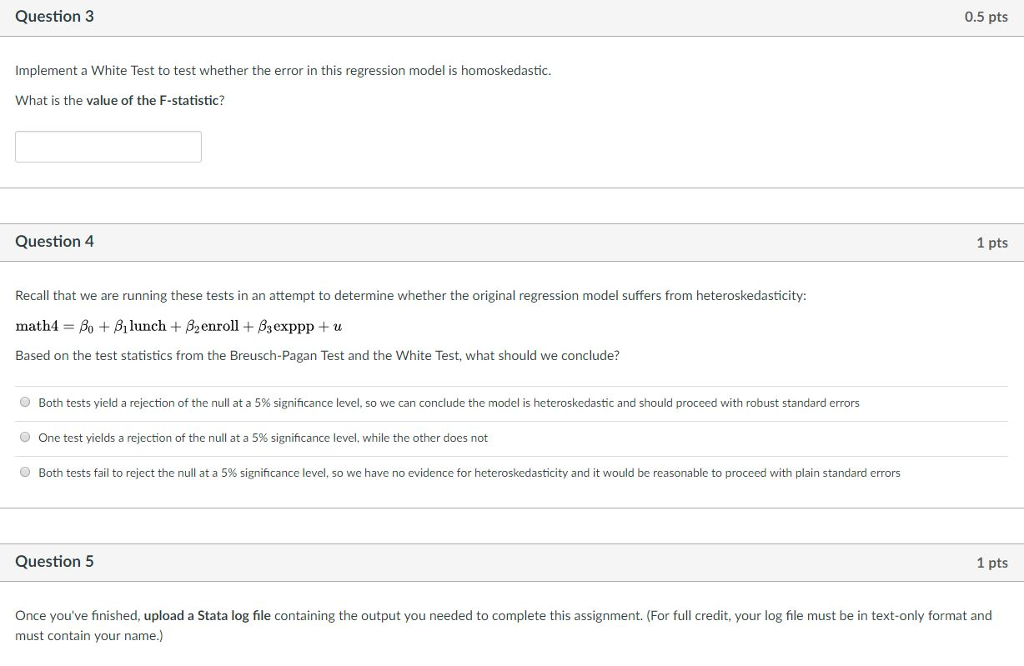
Back to school statistics
Question:
It’s back to school time—what do we know about our nation’s students and schools?
Response:
Across the country, students are preparing to head back to school either in person, online, or some combination of the two, for the 2020–21 academic year. Each year, the National Center for Education Statistics (NCES) compiles back-to-school facts and figures that give a snapshot of our schools and colleges for the coming year. Scroll through below to learn more.
Stata For Finance Students
Please note that these projections do not account for changes in enrollment due to the coronavirus pandemic. The following resources provide information about the impact of the coronavirus pandemic on education:
- U.S. Census Bureau Household Pulse Survey: The Household Pulse Survey (HPS) is a study of how the coronavirus pandemic is impacting households across the country from a social and economic perspective.
- National Center for Education Statistics, Coronavirus Pandemic Information and Resources: This website provides a sampling of data, resources, and tools to answer questions that students, parents, educators, and researchers might have. It includes a list of states’ plans for reopening public schools.
PK–12 EDUCATION
Stata is a statistical software package that was created for general use. It is common to find people using this product if they are apart of an NGO or doing a study related to the social sciences. This statical analysis program has multiple strengths.
Stata for Students: Scatterplots. This article is part of the Stata for Students series. If you are new to Stata we strongly recommend reading all the articles in the Stata Basics section. A scatterplot is an excellent tool for examining the relationship between two quantitative variables. The School of Humanities and Social Sciences has a Stata site licence which allows all academic and research staff of any Faculty or Department of the School, and all students, to install Stata on their personal and unversity devices. The software licence will run until September each year and then need a new licence key to continue working. Student or not, college-age adults are at high risk for sexual violence. Male college-aged students (18-24) are 78% more likely than non-students of the same age to be a victim of rape or sexual assault. 1; Female college-aged students (18-24) are 20% less likely than non-students of the same age to be a victim of rape or sexual assault.
COLLEGE AND UNIVERSITY EDUCATION
PK–12 EDUCATION
How many students will attend school in fall 2020?
About 56.4 million students are projected to attend elementary, middle, and high schools across the United States (source).
- 50.7 million students in public schools
- 5.7 million students in private schools
Of the 50.7 million public school students (source):
- 1.5 million are expected to attend prekindergarten
- 3.7 million are expected to attend kindergarten
- 35.3 million are expected to attend prekindergarten to grade 8
- 15.4 million are expected to attend grades 9 to 12
- 4.1 million are expected to attend 9th grade, the grade students typically enter high school
About 3.7 million students are expected to graduate from high school during the 2020–21 school year, including 3.3 million students from public schools and 0.4 million from private schools (source).
How does fall 2020 public school enrollment compare with years past?
Fall 2020 public school enrollment is expected to be slightly higher than the 50.6 million students estimated to have been enrolled in fall 2019, but lower than in fall 2017, when public school enrollment was the highest ever reported (source). Total public elementary and secondary enrollment is projected to increase between fall 2020 and fall 2029 to 51.1 million.
What are the demographics of public school students?
The projected 50.7 million public school students entering prekindergarten through grade 12 in fall 2020 are expected to include (source):
- 23.4 million White students
- 14.0 million Hispanic students
- 7.6 million Black students
- 2.8 million Asian students
- 2.3 million students of Two or more races
- 0.5 million American Indian/Alaska Native students
- 0.2 million Pacific Islander students
Enrollment in U.S. public elementary and secondary schools, by race/ethnicity: 1995–2029
Percentage distribution of enrollment in public elementary and secondary schools, by race/ethnicity: 1995–2029
SOURCE: U.S. Department of Education, National Center for Education Statistics, Common Core of Data (CCD), “State Nonfiscal Survey of Public Elementary and Secondary Education,” 1995–96 through 2017–18; and National Elementary and Secondary Enrollment by Race/Ethnicity Projection Model, 1972 through 2029.
Since fall 2014, less than half of public school students have been White. The percentage of public school students who are White, along with the percentage of students who are American Indian/Alaska Native, is projected to continue to decline from fall 2017 (the last year of actual data available at the time of analysis) through at least fall 2029. The percentages of students who are Asian and of Two or more races are projected to increase. The percentages of Black, Hispanic, and Pacific Islander students are expected to be about the same in 2029 as they were in 2017.
To learn more about student demographics, explore NCES’s variety of Fast Facts, which focus on topics including:
How many schools provided distance learning opportunities in previous years?

In 2017–18, about 19 percent of all elementary/secondary schools offered any courses entirely online (source). This percentage varied by school characteristics:
- 21 percent of all public schools offered any courses entirely online
- 20 percent of traditional public schools offered any courses entirely online
- 30 percent of public charter schools offered any courses entirely online
- 3 percent of primary school offered any courses entirely online
- 13 percent of private schools offered any courses entirely online
Visit our Fast Fact on distance learning in elementary and secondary schools to learn more about previous years’ distance learning in the United States.
How many teachers are there in the United States?
There are expected to be about 3.7 million teachers in fall 2020 (source).
- 3.2 million teachers in public schools
- 0.5 million teachers in private schools
Visit our Fast Fact on teacher trends to learn more about the teaching profession in the United States.
How much will be spent on PK–12 education this school year?

- $14,000: projected current expenditure per student in public elementary and secondary schools for the 2020–21 school year (source)
- $709 billion: projected current expenditures for public elementary and secondary schools
(Note: These these estimates do not include funding changes as a result of the coronavirus pandemic.)
COLLEGE AND UNIVERSITY EDUCATION
How many students will attend colleges and universities in fall 2020?

About 19.7 million students are projected to attend colleges and universities in fall 2020 (source).
Stata Software For Free
- 12.0 million students are expected to attend full time (source)
- 7.7 million students are expected to attend part time
- 16.7 million students in undergraduate programs (source)
- 3.1 million students in graduate programs
- 14.6 million students in public institutions (source)
- 5.1 million students in private institutions
- 5.8 million students in 2-year institutions (source)
- 14.0 million students in 4-year institutions
Are college enrollments expected to differ by student characteristics in fall 2020?
- 11.3 million female students (source)
- 8.5 million male students
- 10.3 million White students (source)
- 3.7 million Hispanic students
- 2.6 million Black students
- 1.3 million Asian and Pacific Islander students
- 0.7 million students of Two or more races
- 0.1 million American Indian/Alaska Native students
- 1.0 million Nonresident alien students (not identified by race/ethnicity)
- 12.3 million students under age 25 (source)
- 7.5 million students 25 years old and over
How will fall 2020 college and university enrollment compare with years past?
- College enrollment in fall 2020 is expected to be about 6 percent lower than the peak of 21.0 million in fall 2010 (source).
How many postsecondary students participated in distance learning in previous years?
In fall 2018, some 6.9 million students were enrolled in any distance education course, compared with 12.7 million students who were not enrolled in distance education (source).
Of the students who were enrolled in any distance education course, 3.7 million students were enrolled in distance education for at least one but not all of their courses, and 3.3 million were enrolled exclusively in distance education courses.
Visit our Fast Fact on distance learning among postsecondary students to learn more about the distance learning in the United States.
During the 2020–21 academic year, how many degrees are colleges and universities expected to award?
- 983,000 associate's degrees (source)
- 1,998,000 bachelor's degrees
- 833,000 master's degrees
- 187,000 doctor's degrees
For more information:
NCES publishes a wide range of data on graduation rates, technology in education, college costs, fields of study (or majors), number of degrees awarded, and employment outcomes in annual publications, including the Condition of Education and the Digest of Education Statistics.
Additional resources:
- Fast Facts about State-level Statistics: Links to selected publications and websites that provide state-by-state information on achievement, attainment, demographics, enrollment, finances, and teachers at the elementary, secondary, and postsecondary levels.
- U.S. Department of Education program and budget information can be found here.
- U.S. Census Bureau Current Population Survey: The Current Population Survey (CPS) is a monthly survey of about 60,000 households conducted by the U.S. Census Bureau. The CPS is the primary source of information on labor force statistics and also contains information on educational attainment.
Other Resources:(Listed by Release Date)
- 2019, NCES Blog: Back to School by the Numbers: 2019–20 School Year
Product description
| Product | Stata |
| Vendor | Stata Corporation |
| Description | Stata: A statistical software package with a redesigned graphical user interface, publication quality graphics, a large number of statistical procedures that range from basic to cutting-edge, and a powerful syntax and programming language. |
| Platform/Version | Windows, Mac OS X (64-bit Intel), Linux Stata 16 |
| Eligibility | Stanford faculty, staff, and students |
| License Year | Perpetual (never expires). Annual and semi-annual options for students only. |
| Ordering |
Product details
Faculty and staff can purchase at reduced rates through the Stata GradPlan. The prices represent a substantial discount off the already-discounted academic price of Stata. Includes technical support, but not upgrades.
Students currently enrolled at degree-granting institutions may purchase Stata at student price. Proof of student status (i.e., copy of your university ID card) is required.
Students only (annual or semi-annual)
- Stata/MP
- Stata/IC
- Stata/SE
Faculty, and staff (perpetual or annual)
Stata For Students Free
- Stata/MP (dual- or quad-core)
- Stata/SE
- Stata/IC
- Stat/Transfer (Windows or Mac)
- A Gentle Introduction to Stata manual
- additional training available
Product support
For technical support, contact Stata at tech-support@stata.com or go to ssds.stanford.edu and click on contact us.
